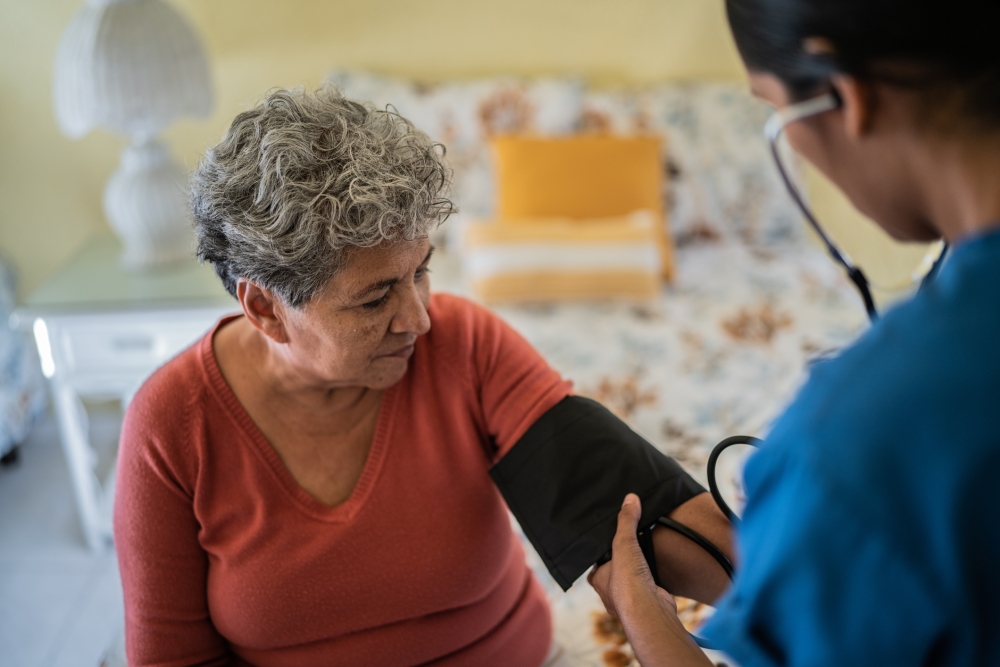Hypertension
(High Blood Pressure)
Symptoms
Since hypertension often has little to no symptoms, you may not know you have it, which is especially alarming because it can kill. An estimated 46% of adults with hypertension are unaware that they have the condition.1
Uncontrolled hypertension can cause serious health problems, so it’s important to find out if you have it so that you can take the necessary steps to manage it and help prevent potentially life-threatening health problems.
Myth:
Symptoms of hypertension include headache, flushing, and dizziness.
Fact:
While these may be symptoms of hypertension, this is usually not the case.
Get your blood pressure checked
The only way to know for sure if you have hypertension is to check your blood pressure:
- Have your doctor or other healthcare provider check your blood pressure.
- Check your blood pressure using the blood pressure monitors found in some pharmacies or purchasing a blood pressure monitor for at-home use. (Note: Upper-arm inflatable cuffs are more accurate than wrist or finger models.)
- Keep a blood pressure log - Check your blood pressure over a week at different times during the day and write down when you took each reading and your blood pressure at that time. Bring this log to your doctor’s appointment and a list of questions to ask your doctor about blood pressure.
- Make an appointment with your doctor if your readings exceed the upper limit of normal (120/80mmHg).
Regular blood pressure checking is important because your risk of developing hypertension increases with age. Healthy adults without a diagnosis of hypertension should have their blood pressure checked at least once a year. If you already have a diagnosis of hypertension, you should check your blood pressure as often as your doctor advises to prevent future complications.
